Film Culture Reader
Edited and with an Introduction by
P. Adams Sitney

The Cosmic Cinema of Jordan Belson by Gene Youngblood, from the book Expanded Cinema by Gene Youngblood. Reprinted by permission of E. P. Dutton & Co., Inc.
First Cooper Square Press edition 2000
This Cooper Square Press paperback edition of Film Culture Reader is an unabridged republication of the edition first published in New York in 1970. It is reprinted by arrangement with Arthouse, Inc.
Copyright 1970 by Film Culture Non-Profit Corporation
Book design by Una McGeehan
All rights reserved.
Published by Cooper Square Press
An Imprint of the Rowman & Littlefield Publishing Group
150 Fifth Avenue, Suite 911
New York, NY 10011
Distributed by National Book Network
Library of Congress Cataloging-in-Publication Data
Film culture reader / edited and with an introduction by P. Adams Sitney. 1st Cooper Square Press ed.
p. cm.
Originally published: New York : Praeger Publishers, 1970, in series: Praeger film books ; Praeger paperbacks.
ISBN 978-0-8154-1101-7
1. Experimental filmsHistory and criticism. I. Sitney, P. Adams.
PN1995.9.E96 S5 2000
791.43'3-dc21
00-045152
 The paper used in this publication meets the minimum requirements of American National Standard for Information SciencesPermanence of Paper for Printed Library Materials, ANSI/NISO Z39.481992.
The paper used in this publication meets the minimum requirements of American National Standard for Information SciencesPermanence of Paper for Printed Library Materials, ANSI/NISO Z39.481992.
Manufactured in the United States of America.
CONTENTS
, by P. Adams Sitney
, by P. ADAMS SITNEY
, by HANS RICHTER
, by JONAS MEKAS
: A Letter from CARL TH. DREYER
, by ANDREW SARRIS
, by WALTER S. MICHEL
, by PARKER TYLER
by ERICH VON STROHEIM
, by RUDOLF ARNHEIM
, by HERMAN G. WEINBERG
, by HERMAN G. WEINBERG
, by JONAS MEKAS
, by RICHARD LEACOCK
, by RUDOLF ARNHEIM
, by JONAS MEKAS
, by PARKER TYLER
, by ANDREW SARRIS
, by CHARLES BOULTENHOUSE
, by KEN KELMAN
, by MICHAEL MCCLURE
with Maya Deren, Arthur Miller, Dylan Thomas, Parker Tyler. Chairman, Willard Maas. Organized by Amos Vogel.
, by P. ADAMS SITNEY
, by P. ADAMS SITNEY
, by JANE BRAKHAGE
, by STAN BRAKHAGE
, by ROBERT KELLY
, by P. ADAMS SITNEY
, by CAROLEE SCHNEEMANN
, by KEN KELMAN
, by JONAS MEKAS
, by HENRY GELDZAHLER
, by GENE YOUNGBLOOD
, by JONAS MEKAS
, by P. ADAMS SITNEY
by GEORGE MACIUNAS
, by PARKER TYLER
, by KEN KELMAN
, by ROBERT KELLY
, by SIDNEY PETERSON
, by ANNETTE MICHELSON
A section of illustrations follows .
PREFACE
Magazines have been the bulwarks of polemical aesthetics in our times. Renato Poggioli, the theorist of avant-gardism, writes of one of the external signs most characteristically avant-garde: periodicals of a group or movement; all of them were organs for a specific creative current and, especially, for a particular tendency of taste. To learn the character and to trace the evolution of a single such magazine, there is no better way than to peruse an entire run of its issues. Often, the least memorable, flimsiest articles provide an insight into the individuality of a publication that its features cannot reveal, especially, after a number of years; for, in a given period, several magazines share the best authors or compete for an authors best work. The peripheral pieces indicate the ideas and needs of individual editors.
This complicates the task of an anthologist who would collect the best of a periodical and still preserve a sense of its uniqueness. No anthology (the present volume included) can contain all the best and all the most characteristic of a magazine over many years. The present collection does not pretend to be comprehensive. It attempts to satisfy three needs. First, there is the need to bring back into print the crucial contributions to film criticism and aesthetics that have appeared in Film Culture since its inception, in January, 1955. Next, we have tried to document Film Culture as an organic entity, recognizing its various changes over the past fifteen years. Finally, we have designed the collection as a source book for readings in the avant-garde cinema, a field with which the magazine has come to be identified in the last decade.
Almost from the beginning, Film Culture has subtitled itself Americas Independent Motion Picture Magazine, indicating its critical attitude as well as its domain of interest. Jonas Mekas founded Film Culture not long after he came to the United States from Lithuania by way of postwar Germany. A formalist (and romantic) poet in his native language, he discovered the cinema in New York. In his initial editorial, he outlined the vision of a publication that would combine the interests and needs of film-makers and film viewers.
Today, the needs for a searching revaluation of the aesthetic standards obtaining both among film-makers and audiences and for thorough revision of the prevalent attitude to the function of cinema have assumed more challenging proportions than ever before. Cinematic creation tends to be approached primarily as a production of commodities, and large sections of the publicto whom film-going is still merely a mode of diversionremain unaware of the full significance of filmic art.
The original editorial board contained Mekass brother Adolfas, George Fenin, Louis Brigante, and Edouard de Laurot, a Marxist critic whose long theoretical articles dominated many of the early issues. Many foreign correspondents contributed articles and letters. Although it was oriented toward the European cinema, Film Culture, from its very first issue, focused critical attention on the embryonic experimental (as it was then called) cinema in America. Although it may have been a harsh critic of the avant-garde, Film Culture was the one place where it was taken seriously. The first chapter of this collection represents the initial position of the editors and contributors in respect to the avant-garde cinema. The final chapter is its complement, with recent sophisticated overviews of the American avant-garde in the context of film history and recent international achievements in the formal cinema.
Film Culture has never been solvent; in 1958, it collapsed as a monthly (it had been a bimonthly for its first eleven issues). Mekas wrote in the editorial of the last regular number (#18), the von Stroheim issue:
For three years, we have been publishing in this country a periodical devoted to the advanced criticism of motion picturesmotion pictures as an art and as a social phenomenon. But as yet we have not had sufficient support on the part of the audience. There are not enough people in this country who realize that film is an art and that motion-picture fan-magazines are not enough. The institutions and foundations whose functions include the support of cultural activities have refused to help us, and, what is more, Film Culture has been asked to pay taxes! Film Culture has suffered the same sort of mens stupidity that killed Erich von Stroheim.
Therefore, beginning with this issue, Film Culture will appear on an unperiodical basis, with selected collections of articles and essays on cinemapartisan-like, the most effective way at this juncture.
After that, Film Culture began to assume a new character. Mekas recognized the potential for an independent cinema in the United States and attempted to make the magazine a vehicle for its emergence. With the nineteenth issue, he initiated the Independent Film Awards, given yearly (more or less) to call attention to the finest American films made outside of the commercial system.
Next page

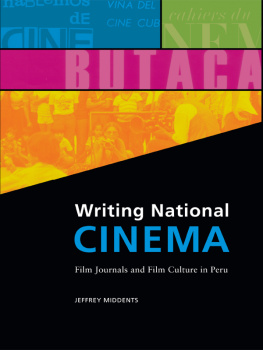
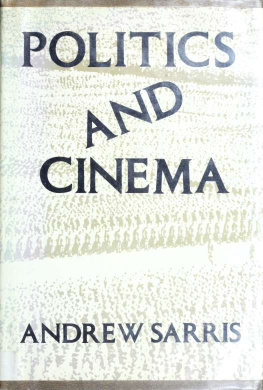

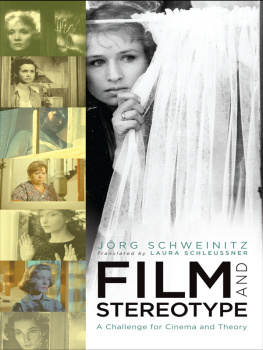
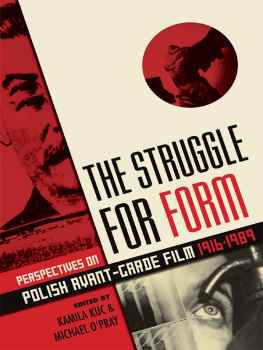
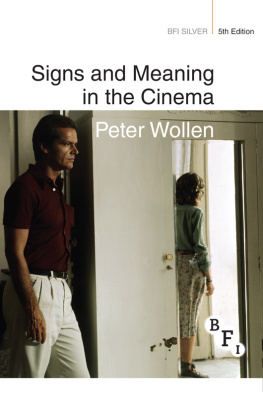
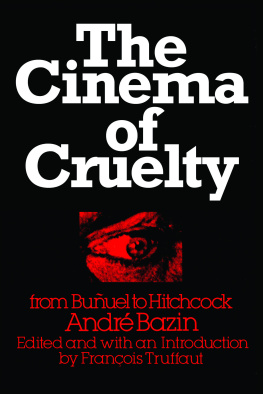
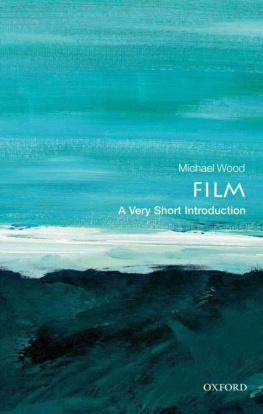

 The paper used in this publication meets the minimum requirements of American National Standard for Information SciencesPermanence of Paper for Printed Library Materials, ANSI/NISO Z39.481992.
The paper used in this publication meets the minimum requirements of American National Standard for Information SciencesPermanence of Paper for Printed Library Materials, ANSI/NISO Z39.481992.